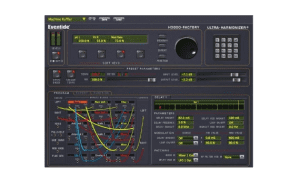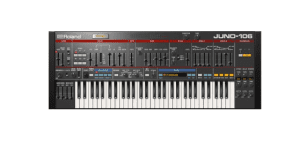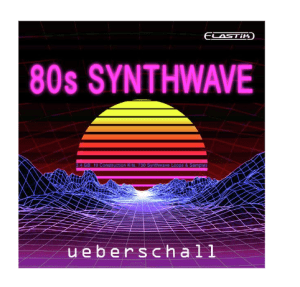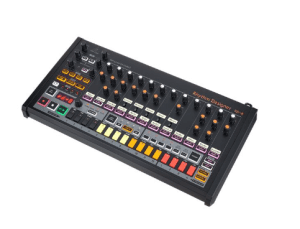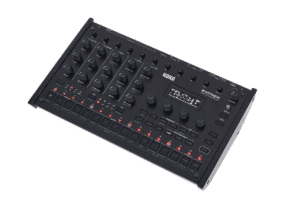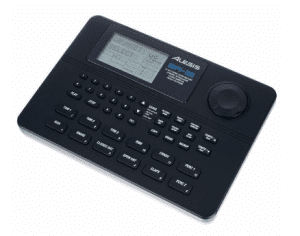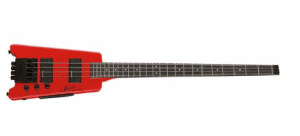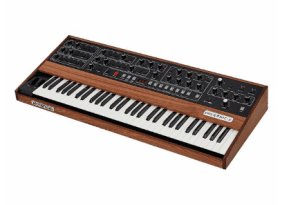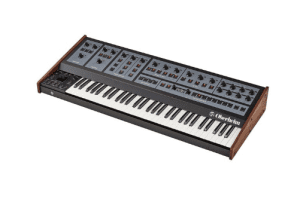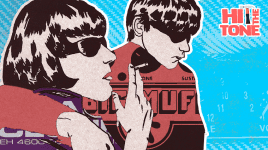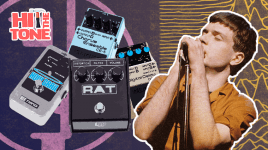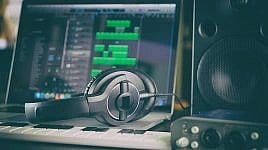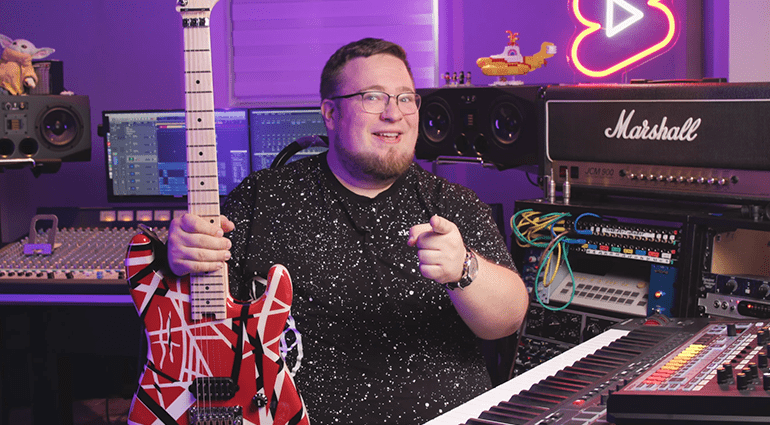
The 80s may have been 40 years ago, but they never really disappeared and continue to leave their mark on music. And they were extremely diverse and varied. If you want to produce an authentic 80s song, we’ve got loads of tips for you in this article. 🎤
How to Produce an 80s Song: the Colourful Decade!
First things first: When it comes to music, the 80s were more colourful than pretty much any other decade! There was synth pop from bands like Depeche Mode or OMD, New Wave by Ultravox or The Human League, Italo Disco from the likes of Righeira or Scotch, megastar-driven pop from Madonna or Michael Jackson, British pop music from Rick Astley or Frankie Goes To Hollywood, but also rap from Grandmaster Flash or Run-D.M.C. And let’s not forget about soul, R&B, and the whole rock scene. Who would want to argue that “The Power of Love” by Huey Lewis & The News isn’t a typical 80s song?
Then, there were bands that began their careers in the 70s but had their biggest successes in the 80s, like Queen. Others started over with a new lineup, such as AC/DC. But the 80s were also a decade of bands that ventured off the beaten path, like The Cure or The Smiths.
You are currently viewing a placeholder content from Youtube. To access the actual content, click the button below. Please note that doing so will share data with third-party providers.
How to Produce an 80s Song: Key Elements
So, there’s no single style that defines the sound of the 80s, and we’re not trying to cover everything in full. But there are certain commonalities that form a common theme in many hits of the 80s. Here are some observations about the various elements of the songs from that time:
Vocals: Wide, really wide – and with plenty of reverb! Lots of voices, especially in the chorus. Harmonizers like the Yamaha SPX90 or Eventide H-3000 also played a big role.
Synths: Synthetic brass sounds in many different varieties were used a lot in the 80s. The Yamaha DX7 was the dominating synth, but other classics like the Sequential Circuits Prophet-5, Oberheim OB-X (with or without the “a”), and Roland Jupiter-8 were also used extensively. And it goes without saying that comparatively inexpensive synths like the Roland Juno-106, SH-101, Juno-Alpha, Korg DW-8000, or Casio CZ-101 can also be heard on many 80s tracks.
Samplers: The 80s saw the breakthrough of sampling technology. The factory presets of the Fairlight CMI, NED Synclavier, and E-mu Emulator-II can be heard on countless pop hits. Artists like Kate Bush, Trevor Horn, Peter Gabriel, Depeche Mode, or OMD made good use of them.
Guitars: Besides the classics, some more eccentric models with tiny bodies or without a headstock were also popular in the 80s, especially for TV performances – regardless of whether or not a guitar was actually audible on the track.
Bass: The slap technique was quite popular in the 80s and bands like Level 42 or Kajagoogoo incorporated it into their style. You can also hear slapping accents in the songs of many other bands.
Drums: While there were many fantastic drummers in the 80s, drum machines also helped define many beats of the era. For example, the Oberheim DMX in “Blue Monday” by New Order, or the famous combination of the Roland CR-78 with acoustic drums in Phil Collins’ “In The Air Tonight”. The most important stylistic element: loads of reverb on the snare!
How to Produce an 80s Song Using Modern Gear
While the hardware sequencers, tape recorders, and mixing consoles of the 80s were so big that an entire family could easily sit side by side in front of them, DAW software is the central hub for music production today. We’ve got a few suggestions on how to expand your setup with instruments and effects for those authentic 80s vibes.
Of course, the analogue drums of the Roland TR-808 were also used in many songs of the 80s. How about the Behringer RD-8 MKII, which delivers the classic sounds?
If you want more variety, there’s the Korg Drumlogue which combines analogue and digital sound engines. And even though it wasn’t released until 1991, the “realistic sounds” of the Alesis SR-16 are deeply rooted in the sonic aesthetics of the 80s!
For fans of guitars and basses with an 80s look, Steinberger has just the right instruments! The Steinberger Guitars GT-Pro Deluxe HY electric guitar or the Steinberger Guitars Spirit XT-2 Standard Bass HR look like they came straight out of an 80s music video: Small body, no headstock, and available in many colours. With its HSH setup, the guitar is extremely versatile in terms of sound. The bass delivers lots of punch from its two humbuckers.
If you’re into authentic hardware synths, take a look at the Sequential Prophet-5, which is a reissue of the 80s classic. The Oberheim OB-X8 is no less authentic but offers more flexibility than its predecessors.
If you prefer software and want to produce 80s songs, you’ve probably already got the Arturia V-Collection on your computer. In addition to many classic synths, it contains emulations of some legendary samplers, not to mention more than 14,000 presets. Needless to say, these are also excellent for producing modern tracks.
For perfect harmonizer effects (and much more), we recommend the H3000 Factory by Eventide, which makes quick work of those ultra-wide vocals. Vocal harmonies can also be achieved using hardware, for example with the TC-Helicon Play Acoustic.
How to Produce an 80s Song: Some Arrangement Tips
While many songs of today don’t even reach the 3-minute mark, lengths of 4 minutes or more were commonplace in the 80s. This gives you time for a captivating, effect-laden intro and a nice solo in the middle. You can use a guitar, a lead synth, or even both – as in Van Halen’s “Jump”. And even saxophone solos, which enjoy a rather questionable reputation today, were very popular back in the day. By the way, most songs of the 80s weren’t arranged all the way through but ended in a fade-out of the repeating chorus.
You are currently viewing a placeholder content from Youtube. To access the actual content, click the button below. Please note that doing so will share data with third-party providers.
Your Feedback
Done! Have you produced an 80s song yet? Want to share any tips? Please leave a comment and let us hear your songs!
You are currently viewing a placeholder content from Facebook. To access the actual content, click the button below. Please note that doing so will share data with third-party providers.
More InformationYou are currently viewing a placeholder content from Instagram. To access the actual content, click the button below. Please note that doing so will share data with third-party providers.
More InformationYou are currently viewing a placeholder content from X. To access the actual content, click the button below. Please note that doing so will share data with third-party providers.
More Information